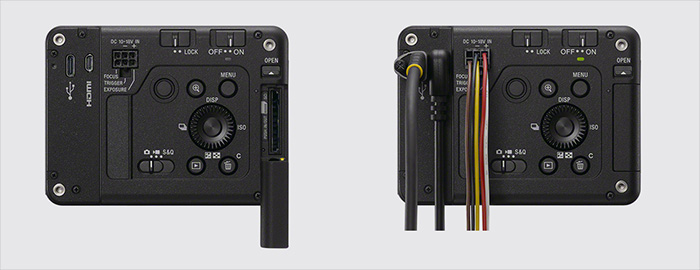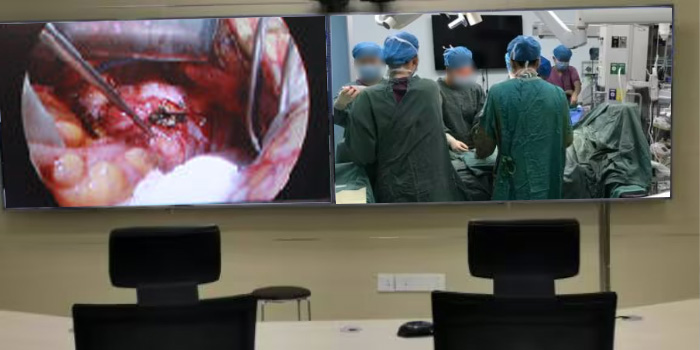The SONY ILX-LR1 is a 61-megapixel full-frame scalable system remote control camera designed for drone inspection, mapping and 3D modeling. With its high-resolution imaging capabilities and flexible scalability, it also offers significant advantages in the medical field, where it has a variety of applications.

1. High-resolution imaging to improve diagnostic accuracy
The SONY ILX-LR1 has a full-frame backlit Exmor R™ CMOS image sensor of approximately 61 megapixels to capture more detailed and precise images. At high resolution, even small lesions or structural changes can be clearly captured, which is essential to improve the accuracy of medical diagnosis and the success rate of surgery. Doctors can use these high-definition images to make more accurate diagnosis and treatment plans, thereby improving medical outcomes.
2. Remote control and real-time view, promote medical collaboration
The SONY ILX-LR1 supports remote control and real-time view monitoring, which enables doctors to collaborate efficiently in different places and times. In emergency situations, expert doctors can remotely guide surgeries to provide timely medical support in remote areas or areas with few medical resources. This ability of remote collaboration not only improves the utilization efficiency of medical resources, but also provides patients with more convenient and efficient medical services.

3. Lightweight design and scalability, suitable for a variety of medical equipment
The SONY ILX-LR1 camera body weighs only about 243 grams and is small in size, making it ideal for mounting on a variety of medical devices. This lightweight design allows the camera to be easily integrated into medical devices such as endoscopes and surgical robots without increasing the burden on the equipment.
At the same time, the SONY ILX-LR1 supports a variety of E-bayonet lenses, so doctors can choose the right lens according to actual needs to meet different medical testing needs. This flexible scalability makes the SONY ILX-LR1 suitable for a variety of complex medical scenarios.
4. Enhance image analysis ability to assist AI diagnosis
The SONY ILX-LR1’s high-pixel images provide more detailed information, which makes image-based algorithms and artificial intelligence (AI) analysis more efficient.
In pathology, high-resolution images can help AI algorithms more accurately identify cancer cells or other abnormal cells.
In radiology, high pixel images can support finer 3D reconstruction and more accurate lesion localization. These features help doctors make faster and more accurate diagnoses, improving the efficiency and quality of care.

5.Wide sensitivity range, adapt to a variety of light conditions
The SONY ILX-LR1 has a wide sensitivity range of ISO 100-32000, allowing the camera to operate in most daylight conditions. This allows the ILX-LR1 to adapt to a variety of light conditions in medical testing, ensuring clear, accurate images. The SONY ILX-LR1 delivers high-quality imaging both in the bright operating room and in low-light endoscopy.
6. Multi-interface and screw hole design, easy integration and maintenance
Multiple professional interfaces: SONY ILX-LR1 has USB Type-C and Micro HDMI interfaces on the back, which provides more expansion and design possibilities for the medical detection field and can meet the diversified needs of users.
Easy installation and maintenance: The Sony ILX-LR1 has M3 screw holes on all six sides for easy mounting to medical equipment in different locations. At the same time, its lightweight design also makes the maintenance of the camera easier and more convenient.
In summary, SONY ILX-LR1 provides doctors with more convenient and efficient medical tools in the medical industry by virtue of its advantages such as high-resolution imaging, remote control and real-time viewing, lightweight design and scalability, enhanced image analysis capability, wide sensitivity range, and multi-interface and screw hole design, thus improving medical results. It brings better treatment effect and better service experience for patients.
 Sony FCB camera block
Sony FCB camera block